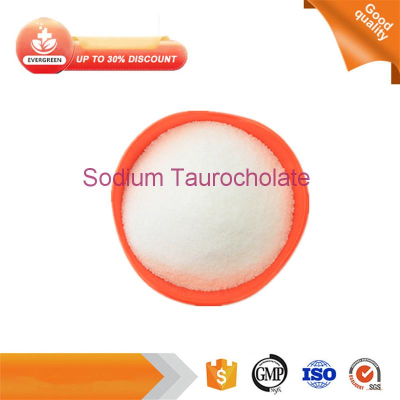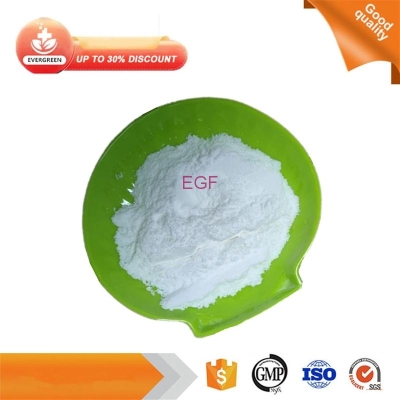-
Categories
-
Pharmaceutical Intermediates
-
Active Pharmaceutical Ingredients
-
Food Additives
- Industrial Coatings
- Agrochemicals
- Dyes and Pigments
- Surfactant
- Flavors and Fragrances
- Chemical Reagents
- Catalyst and Auxiliary
- Natural Products
- Inorganic Chemistry
-
Organic Chemistry
-
Biochemical Engineering
- Analytical Chemistry
- Cosmetic Ingredient
-
Pharmaceutical Intermediates
Promotion
ECHEMI Mall
Wholesale
Weekly Price
Exhibition
News
-
Trade Service
Some scholars have suggested that gallstone disease increases the risk of colorectal cancer.
, however, there is a lack of epidemiological evidence of causality between them.
epidemiological findings on the link between gallstone disease and circulatory bilium levels and colorectal cancer (CRC) risk were not consistent.
To address possible confusion and reverse causation, researchers used Mendel Randomization (MR) to assess the relationship between these potential risk factors and CRC in a recent study published in British Journal of Cancer, an authoritative journal in the field of oncology.
researchers used two samples for MR to study the relationship between gallstone disease and bililine levels in 26,397 patients and 41,481 control patients.
the researchers calculated that bilirubin level pair conversion (ORSD) increased the CRC ratio corresponding to one genetically predicted SD unit, and examined the non-zero causal effect of gallstones on CRC.
sensitivity analysis is used to identify violations of estimated assumptions.
the researchers found no association between gallstone disease (P-value: 0.60) or circulating bililin levels (ORSD s 1.00, 95% confidence interval (CI) s 0.96-1.03, P-value s 0.90) and CRC.
despite the scale of the study, the researchers found no evidence of a causal link between circulating bilirubin levels or gallstone disease and the risk of CRC.
can certainly exclude the magnitude of the impact of some observational studies, it does not rule out the possibility of nonlinear relationships.







